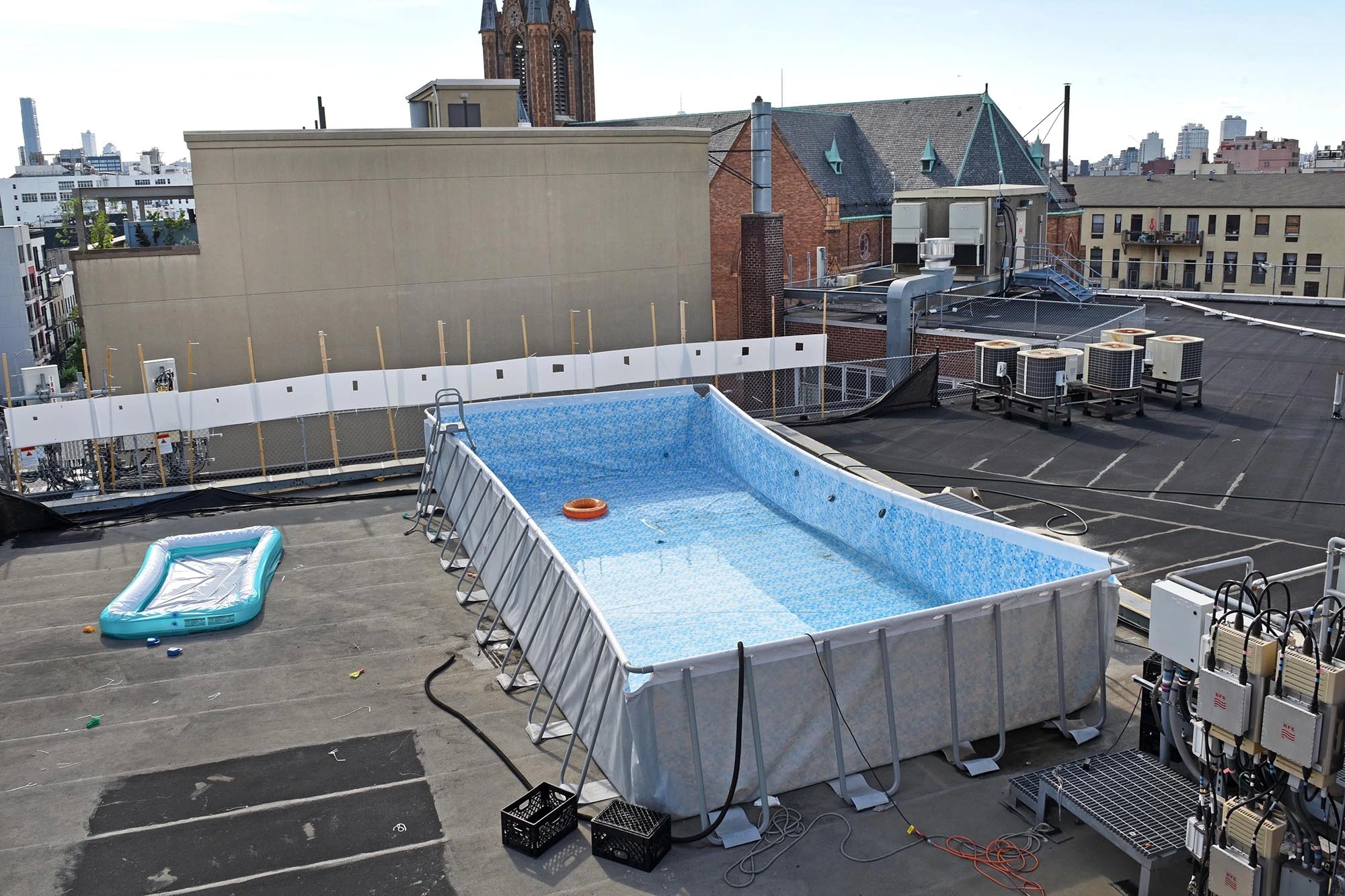If you’ve ever taken a spill on your bike or rolled an ankle in soccer, physical therapy (PT) can help. Physical therapists are experts in treating injuries and helping people get back to their normal activities. They work with patients of all ages and abilities to improve strength, stability, joint function, endurance, and mobility.
What Is Physical Treatment?
Physical therapy is used to treat a wide variety of health problems including sports injuries, joint pain due to arthritis or injury, muscle strain/sprain injuries, and postoperative recovery from surgeries such as knee replacements or hip replacements. It is also helpful for those who have suffered from stroke or spinal cord injuries because it can help regain their strength and coordination.
Physical treatment is a form of therapy that uses the body to help heal itself. It is used to treat any kind of conditions, such as:
• Musculoskeletal pain
• Injuries and soft tissue injuries (such as sprains, strains, and tears)
• Sports injuries
Why Go Through Physical Treatment?
Dr Wayne Lajewski Physical therapy is a treatment that can help you recover from an injury, surgery, or disease. It can also be used to treat chronic conditions like arthritis and lower back pain. Physiotherapy (the use of physical agents) is effective in helping patients with a wide range of conditions including:
• musculoskeletal disorders (e.g., neck pain)
• sports injuries (e.g., sprains)
• postural problems (e.g., posture alignment)
How Long Does It Take?
How long physical treatment takes depends on the type of treatment. Some treatments are done in a few minutes, while others take several hours and require multiple appointments. For Dr Wayne Lajewski, physical treatment may take time but it will lead you into a better and healthier life.
What To Expect During Treatment
• The doctor will ask you questions about your injury and how it happened.
• They’ll also take a look at the injured body part, which may require an X-ray if necessary.
• The doctor may give you a prescription for pain medication and/or anti-inflammatory drugs (like ibuprofen or naproxen). This help reduce swelling, which can make it easier for them to see what’s going on inside of your joint when they examine it later on in treatment.



